Raheel Nawaz
End-to-end multi-particle reconstruction in high occupancy imaging calorimeters with graph neural networks
Apr 14, 2022



Abstract:We present an end-to-end reconstruction algorithm to build particle candidates from detector hits in next-generation granular calorimeters similar to that foreseen for the high-luminosity upgrade of the CMS detector. The algorithm exploits a distance-weighted graph neural network, trained with object condensation, a graph segmentation technique. Through a single-shot approach, the reconstruction task is paired with energy regression. We describe the reconstruction performance in terms of efficiency as well as in terms of energy resolution. In addition, we show the jet reconstruction performance of our method and discuss its inference computational cost. To our knowledge, this work is the first-ever example of single-shot calorimetric reconstruction of ${\cal O}(1000)$ particles in high-luminosity conditions with 200 pileup.
Association Learning Between the COVID-19 Infections and Global Demographic Characteristics Using the Class Rule Mining and Pattern Matching
Oct 09, 2020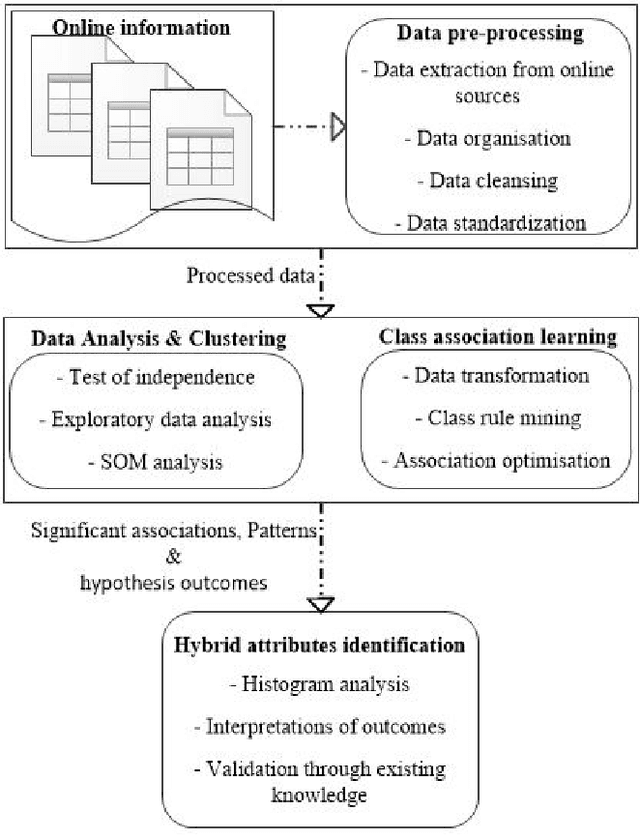
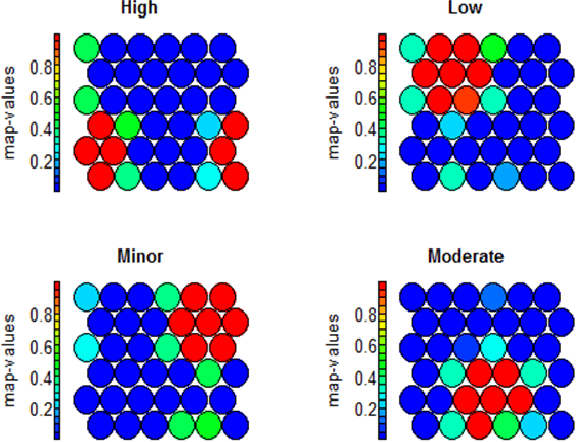
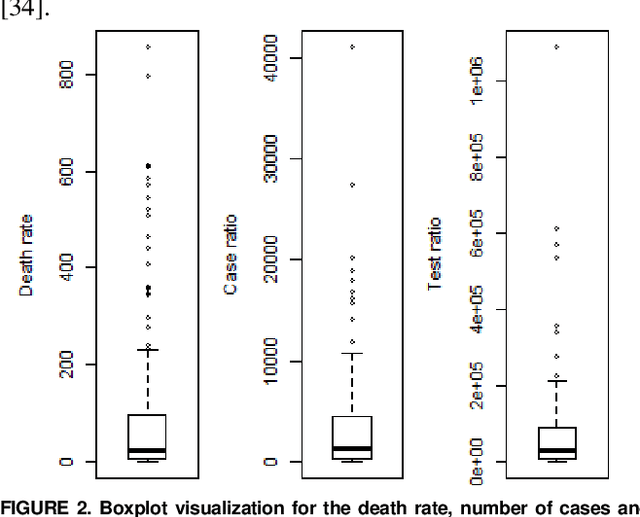
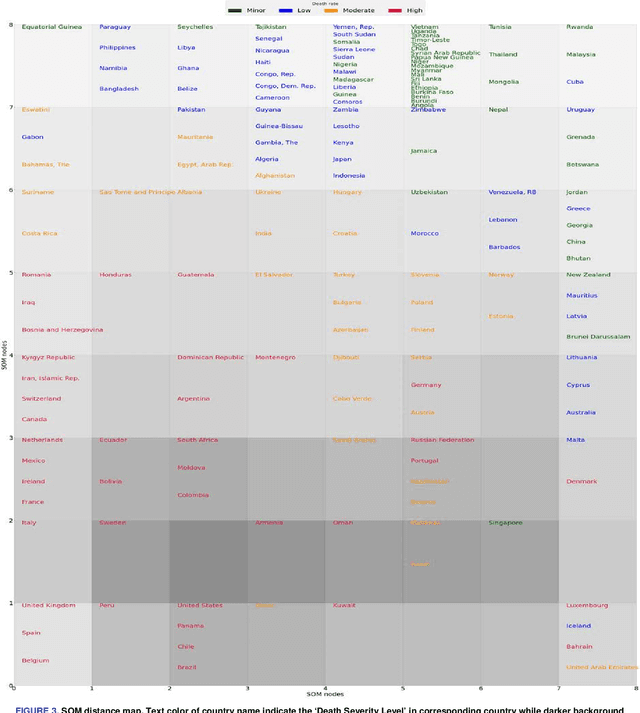
Abstract:Over 26 million cases have been confirmed worldwide (by 20 August 2020) since the Coronavirus disease (COIVD_19) outbreak in December 2019. Research studies have been addressing diverse aspects in relation to COVID_19 including potential symptoms, predictive tools and specifically, correlations with various demographic attributes. However, very limited work is performed towards the modelling of complex associations between the combined demographic attributes and varying nature of the COVID_19 infections across the globe. Investigating the underlying disease associations with the combined demographical characteristics might help in comprehensive analysis this devastating disease as well as contribute to its effective management. In this study, we present an intelligent model to investigate the multi-dimensional associations between the potentially relevant demographic attributes and the COVID_19 severity levels across the globe. We gather multiple demographic attributes and COVID_19 infection data (by 20 August 2020) from various reliable sources, which is then fed-into pattern matching algorithms that include self-organizing maps, class association rules and statistical approaches, to identify the significant associations within the processed dataset. Statistical results and the experts report indicate strong associations between the COVID_19 severity levels and measures of certain demographic attributes such as female smokers, when combined together with other attributes. These results strongly suggest that the mechanism underlying COVID_19 infection severity is associated to distribution of the certain demographic attributes within different regions of the world. The outcomes will aid the understanding of the dynamics of disease spread and its progression that might in turn help the policy makers and the society, in better understanding and management of the disease.
A Decade of In-text Citation Analysis based on Natural Language Processing and Machine Learning Techniques: An overview of empirical studies
Aug 29, 2020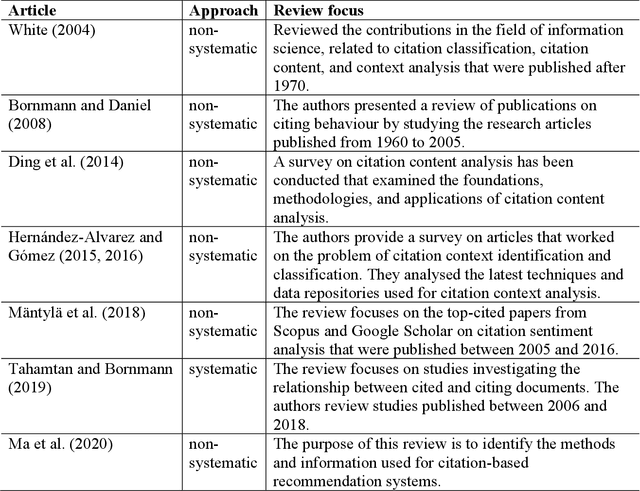
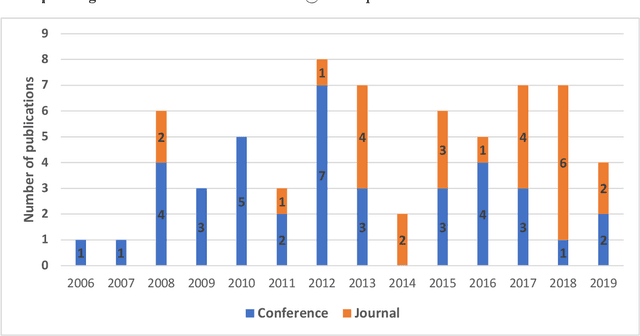
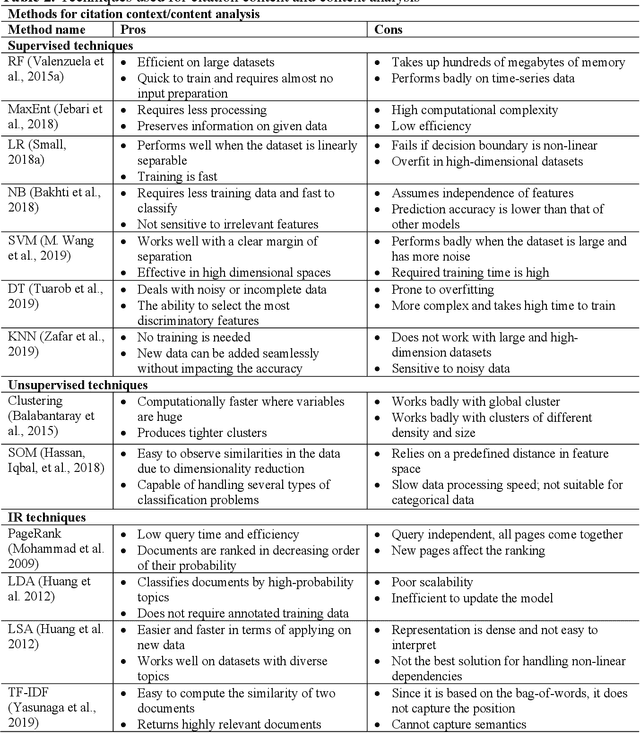
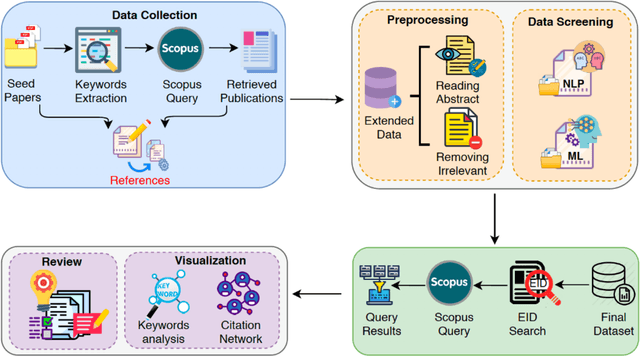
Abstract:Citation analysis is one of the most frequently used methods in research evaluation. We are seeing significant growth in citation analysis through bibliometric metadata, primarily due to the availability of citation databases such as the Web of Science, Scopus, Google Scholar, Microsoft Academic, and Dimensions. Due to better access to full-text publication corpora in recent years, information scientists have gone far beyond traditional bibliometrics by tapping into advancements in full-text data processing techniques to measure the impact of scientific publications in contextual terms. This has led to technical developments in citation context and content analysis, citation classifications, citation sentiment analysis, citation summarisation, and citation-based recommendation. This article aims to narratively review the studies on these developments. Its primary focus is on publications that have used natural language processing and machine learning techniques to analyse citations.
Potentially Guided Bidirectionalized RRT* for Fast Optimal Path Planning in Cluttered Environments
Jul 22, 2018


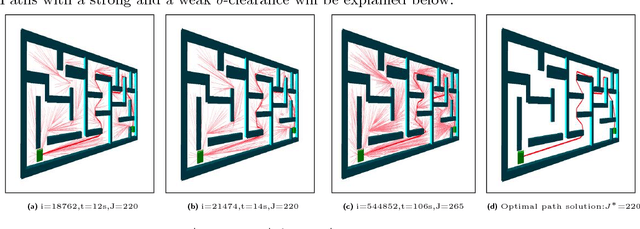
Abstract:Rapidly-exploring Random Tree star (RRT*) has recently gained immense popularity in the motion planning community as it provides a probabilistically complete and asymptotically optimal solution without requiring the complete information of the obstacle space. In spite of all of its advantages, RRT* converges to an optimal solution very slowly. Hence to improve the convergence rate, its bidirectional variants were introduced, the Bi-directional RRT* (B-RRT*) and Intelligent Bi-directional RRT* (IB-RRT*). However, as both variants perform pure exploration, they tend to suffer in highly cluttered environments. In order to overcome these limitations, we introduce a new concept of potentially guided bidirectional trees in our proposed Potentially Guided Intelligent Bi-directional RRT* (PIB-RRT*) and Potentially Guided Bi-directional RRT* (PB-RRT*). The proposed algorithms greatly improve the convergence rate and have a more efficient memory utilization. Theoretical and experimental evaluation of the proposed algorithms have been made and compared to the latest state of the art motion planning algorithms under different challenging environmental conditions and have proven their remarkable improvement in efficiency and convergence rate.
ECO-AMLP: A Decision Support System using an Enhanced Class Outlier with Automatic Multilayer Perceptron for Diabetes Prediction
Jun 23, 2017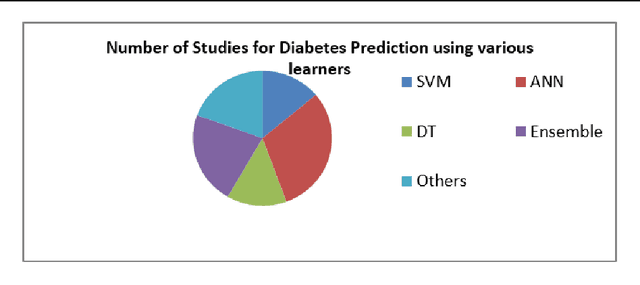

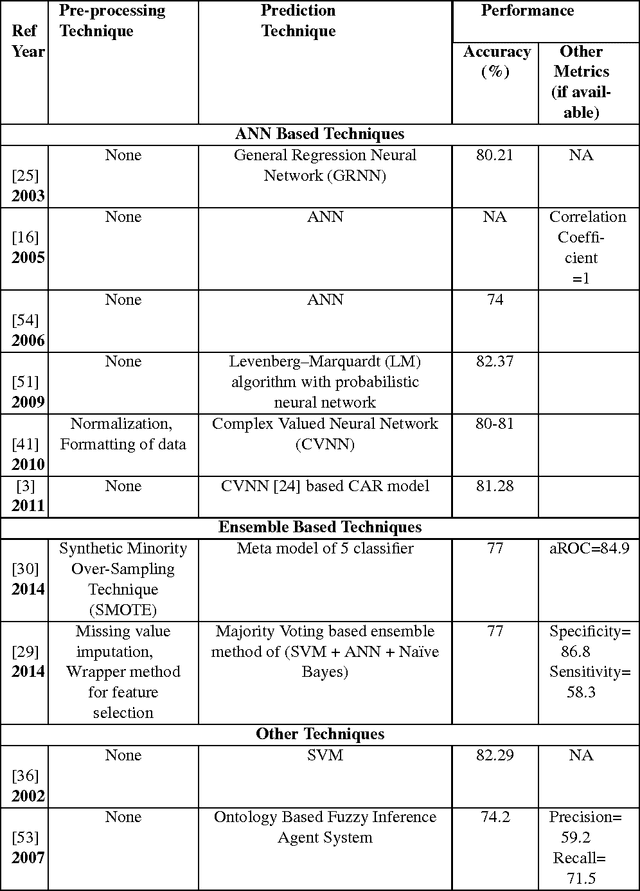
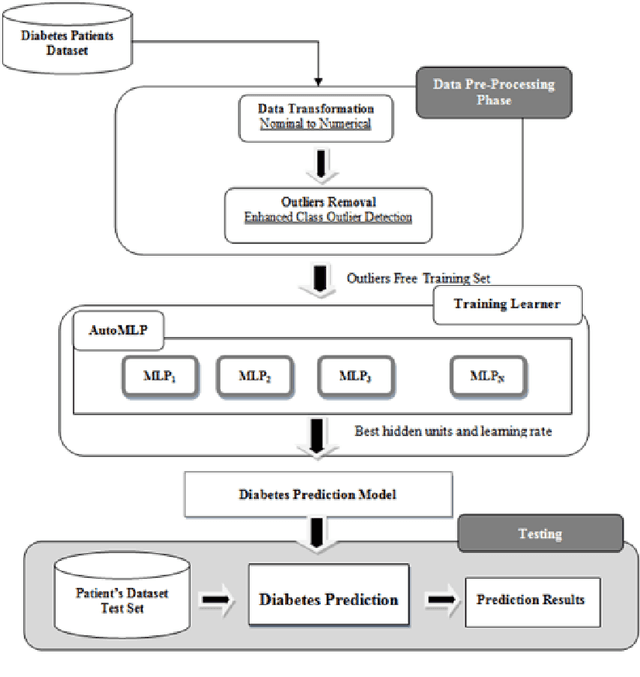
Abstract:With advanced data analytical techniques, efforts for more accurate decision support systems for disease prediction are on rise. Surveys by World Health Organization (WHO) indicate a great increase in number of diabetic patients and related deaths each year. Early diagnosis of diabetes is a major concern among researchers and practitioners. The paper presents an application of \textit{Automatic Multilayer Perceptron }which\textit{ }is combined with an outlier detection method \textit{Enhanced Class Outlier Detection using distance based algorithm }to create a prediction framework named as Enhanced Class Outlier with Automatic Multi layer Perceptron (ECO-AMLP). A series of experiments are performed on publicly available Pima Indian Diabetes Dataset to compare ECO-AMLP with other individual classifiers as well as ensemble based methods. The outlier technique used in our framework gave better results as compared to other pre-processing and classification techniques. Finally, the results are compared with other state-of-the-art methods reported in literature for diabetes prediction on PIDD and achieved accuracy of 88.7\% bests all other reported studies.
 Add to Chrome
Add to Chrome Add to Firefox
Add to Firefox Add to Edge
Add to Edge